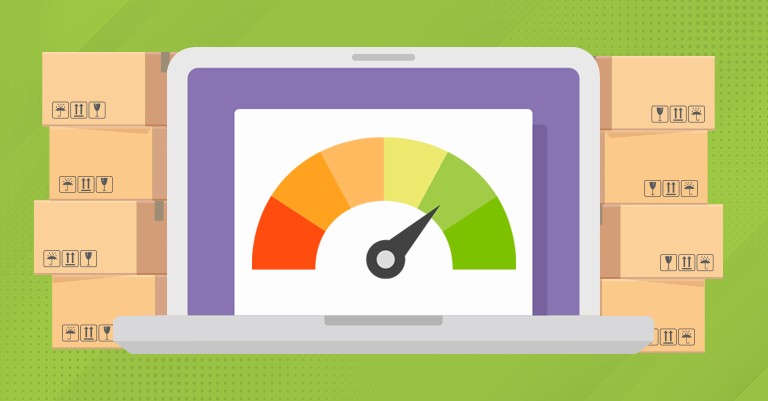As an FBA seller, one of your most important tasks is striking the perfect balance between having enough inventory on-hand while not having too much, prompting extra fees. This directly affects your IPI–your Inventory Performance Index–which measures how efficient you are at handling and managing your inventory. If your score is above the standard set by Amazon, then you’re allotted unlimited storage per storage type, which are categorized as standard-size, oversize, apparel, footwear, flammable, and aerosol). A solid inventory management tool can help you keep track of your inventory and help you boost your IPI score.
What is Amazon excess inventory?
Excess inventory refers to “overstocked” products or products that have been in storage for a long period of time. These products may have low demand, may be out of season, or are outdated. Amazon classifies excess inventory as a unit that is more than 90 days old. FBA sellers will have to pay more Amazon storage fees the longer these products are stored.
What causes excess inventory?
- Inaccurate Demand Forecasting
Proper demand forecasting utilizes past sales history data to predict future demand for your products. This accurately predicts how many sales you can potentially make at a given time in the future. Simply guessing or manually calculating the demand takes too much time and doesn’t give you the same reliable figures that demand forecasting does. Third-party Amazon inventory forecasting tools like SellerMobile let you see the possible demand of your product in the future based on past sales while letting you adjust it manually to factor in for other variables like PPC ads.
- Poor Inventory Management
One way to avoid excess inventory is to do proper Amazon inventory forecasting. A good strategy lets you prepare your stock ahead of time and avoid purchasing too many unsellable items.
You need to strike a balance between the two so you don’t have to worry about losing sales or paying extra Amazon storage fees. SellerMobile’s inventory management tools help you keep track of your inventory so you’ll always know if you have enough and avoid having too much.
- Ignoring Product Life Cycle and Demand
Most products have a certain lifespan that is affected by seasonality and demand. It’s best to run ads and promotions before a product reaches the end of its life cycle. Keep an eye out for trends on Amazon since those help you understand which products are currently in demand.
How to Reduce Excess Inventory
Amazon lets you remove overstocked inventory from their fulfillment centers by submitting a removal order. This helps you get rid of excess inventory either by removing products from Amazon FBA warehouses and transferring them to your own warehouse, or by discarding them completely. While this is a quick way to remove the excess, it doesn’t help increase your restock limits.
A firesale is a type of promotion where you sell products at extremely low prices, slightly raising the price every few days. This promotion entices customers to purchase products at discounted rates and pushes them to buy on impulse due to the fear of missing out. Firesales also increase your sell-through rate, which helps boost your restock limits in the future.
A lightning deal or flash sale gives a limited discount on one product that’s only available for a few hours on the Today’s Deals page. Aside from getting rid of excess inventory, you also gain visibility and increase rankings for your products since the Today’s Deals page is one of the most visited pages on Amazon.
Here’s a little-known fact: Amazon actually has an outlet store that sells overstocked and clearance items across all categories! The Amazon Outlet offers a wide variety of products with huge discounts which entice customers to buy products regardless of whether they need them or not. If you’re a seller looking to offload your overstocked items, you can create outlet sales by entering the Manage Excess Inventory tab and selecting “Create a sale”.
Consider removing products with over 60 days of inventory to avoid getting tagged as excess inventory. Bundle these items with your best-sellers so you can make sales skyrocket while getting rid of excess –essentially killing two birds with one stone. Alternatively, while waiting for additional stock of your best-selling items, you can make use of excess inventory and run flash sales in the meantime.
The Bottom line
While Amazon provides sellers with tips on how to reduce excess inventory and improve their IPI score, you can keep your store one step ahead of the game before this happens. Remember that your IPI score will determine whether or not you’ll be able to increase your restock limits. With an intuitive and data-based inventory management tool like SellerMobile, you can become a well-rounded Amazon seller.





